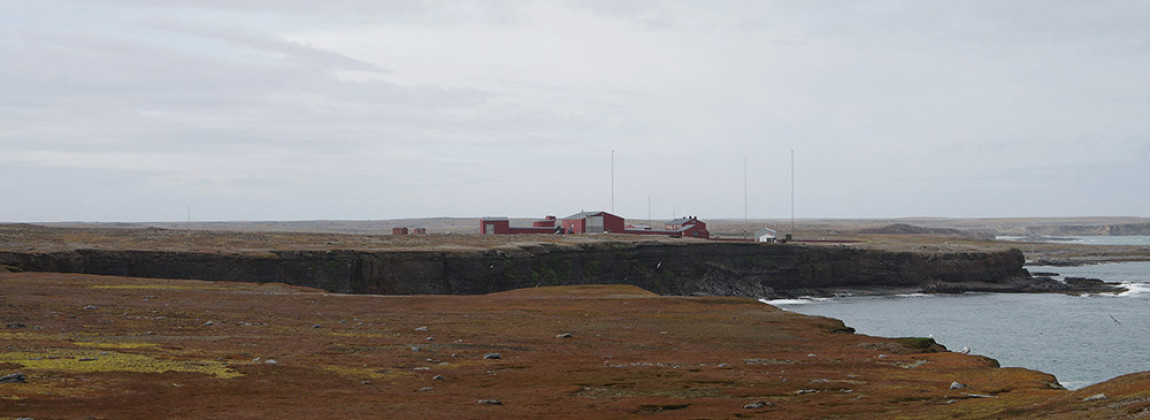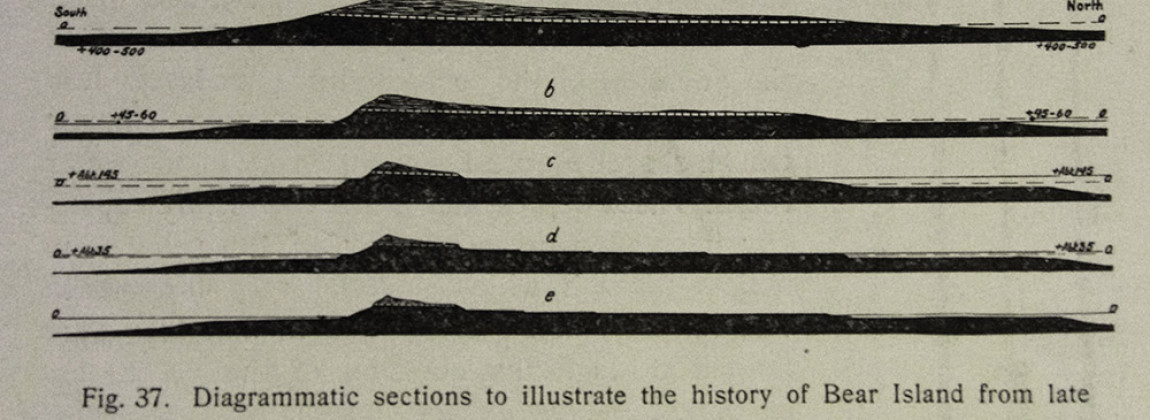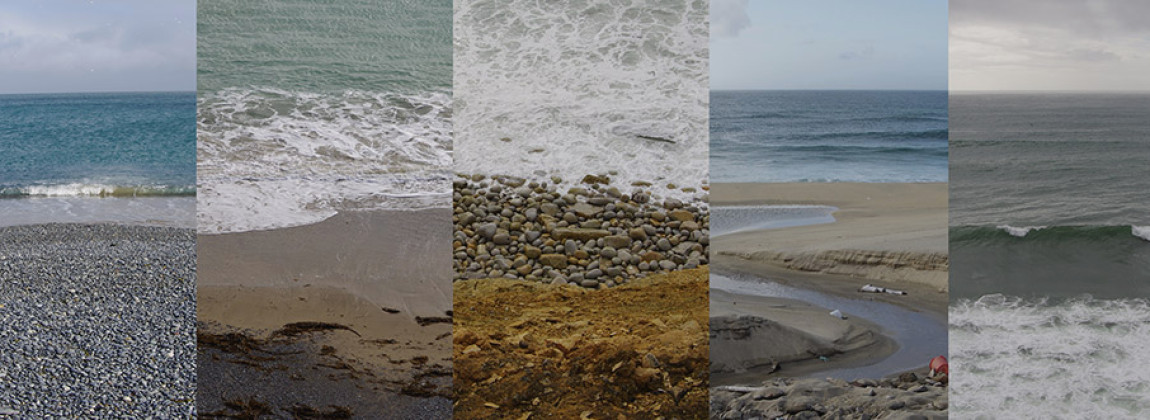- Type of project
- PhD
- Funding
- AHO
- Website
- https://www.instagram.com/arcticcoastlines/https://twitter.com/arcticcoastline
- Eimear.Tynan@aho.no
- Duration
- 01.09.2017 -> 31.08.2020
This project has been completed
About the project
The project seeks to extend knowledge of High Arctic coastlines with a specific focus on the spatial, temporal and material engagement and experience of its inhabitants.
The research will situate itself between two sensory sources, technological and human, to further our understanding of Arctic coastlines and to explore new ways of knowing these vulnerable environments. There is advanced technology used in remotely sensing and measuring Arctic environments but the human senses are often overlooked in gaining knowledge of a place. The research will argue that the human senses are an important part of everyday experience and they assist in structuring the information we perceive in our environments. Western landscape architecture has a bias towards visual experience and representation and one of the main aims of this research is to incorporate other senses with the view to opening up new modes of investigation that reveal new values of coastal environments. Research will be undertaken at Norwegian Arctic meteorological stations during the PhD. These stations, all of which have coastal locations, have a strong presence both on the individual islands that they are located and in the Arctic as a whole. The stations are exposed to harsh weather conditions such as storms and frozen coastlines as well as large fluctuations in seasonal light levels which emanate a particularly strong convergence of temporal and material qualities. These coastal stations are therefore ideal locations for researching multi-sensory experience and engagement in building knowledge of Arctic coastlines. Site-specificity will be at the core of this research where unique phenomena can be explored and knowledge gained through the processes at play. By establishing new knowledge of Arctic coastlines the research wishes to appraise the pressures that these vulnerable environments are currently experiencing and to contribute to landscape practice by underlying the significance of multi-sensory knowledge in site research and design.







